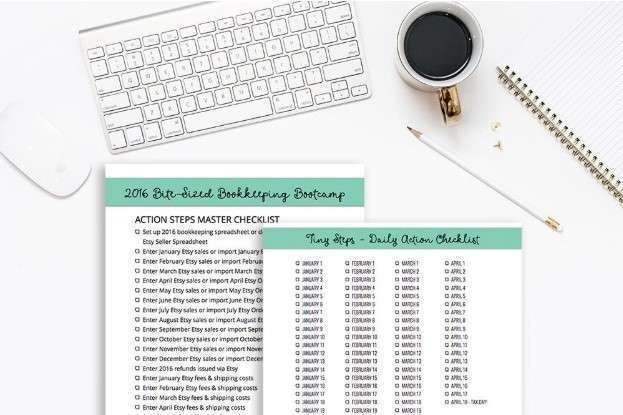- Have any questions?
- +92-42-35887762-63
- +92-42-35940177
- info@aridlahore.edu.pk
Mastering the Job Order Costing System: Everything You Need to Know
Home
February 8, 2023Tax in Massachusetts
March 3, 2023Mastering the Job Order Costing System: Everything You Need to Know

Any other controls probably fall under the authority of the managers who are misusing the system, and so are useless. For one, it compares the actual costs to the budgeted costs for each cost category. If actual costs are more than the budgeted amounts, it identifies a potential cost overrun. Project managers can detect cost overruns early to take corrective action accordingly.
- Because calculating actual overhead per work order is difficult, companies mostly use applied overhead—a fixed overhead rate predetermined on historical data, to apply to manufacturing jobs.
- Job costing systems record all project expenses and help prevent cost overruns by comparing actual costs to the budget.
- The predetermined overhead rate is a calculation that estimates overhead costs per unit of activity.
- In order to analyse each product line, product- line managers need to know two factors.
- Under this method, individual jobs are identifiable and each job become a separate cost centre.
- In the manufacturing industry, job order costing shines as a method to pinpoint production costs.
Features of Job Order Costing:
When teams log their hours in the software, management isn’t only getting secure timesheets that streamline the payroll process but another tool to track time and costs. Our timesheets help managers control labor costs and help with project estimates by looking at timesheets from previous projects. Timesheets can automatically log hours and give managers features of job costing a window into the percentage of tasks their team has completed in real time. This helps managers spot issues and keep projects on track, both in terms of schedule and cost.

What is Credit Rating? Types, Process, Functons
If keeping spreadsheets and calculating labor and overhead costs feels like too much for you to do on your own, you may wish to utilize professional bookkeeping services. FreshBooks connects clients with real bookkeepers who can help you with all things accounting, from taxes to job costing. Custom manufacturing businesses, such as those producing bespoke furniture or specialized industrial machinery, also rely on job costing. Every piece or machine is built to unique specifications, making it essential to track costs per order. This allows these businesses to accurately price their unique creations and assess the profitability of individual client commissions. An example of a business that would use process costing is a clothing manufacturer.
Production Order:
Though this example shows how job costing can be used to create an estimate of future activity (the bid the keyboard manufacturer submitted), it can also be used to analyze past activity. As you can see, most of the hard work is done before you reach this final step, and a job costing analysis is pretty much finished when you have numbers for all three variables. For example, let’s say that your business spends $2,000 per month on overhead. https://cakar188.net/california-sales-tax-rates-find-your-local-rate/ With that number in mind, you now know that total overhead costs for a four-month project will add up to $8,000.

For overhead allocation, the workshop Bookkeeping vs. Accounting uses a predetermined rate of $8 per direct labor hour. Since the job required 15 labor hours, it receives $120 in allocated overhead costs. The total job cost becomes $695 ($200 materials + $375 labor + $120 overhead), helping the workshop understand their true production cost and set appropriate selling prices. Job costing involves the accumulation of the costs of materials, labor, and overhead for a specific job.

Features of Job Costing:

If the manufacturer wants to make a profit of 20% of selling price of the work order, find out the selling price of a unit of commodity ready for sale. If the customer is satisfied with the quotation price and other terms of execution, he will then place the order. (iv) It helps the management to provide a valuation of work-in-progress. (v) Each job is distinctively identified by a production order throughout the production stage. It gave them the tools and visibility to run their business with confidence, putting data at their fingertips when they needed it most. Want to get control of restaurant spending and increase profitability?

Example of Job Order Costing
Batch costing, on the other hand, is used when products are made in groups with similar characteristics and the focus is on tracking costs for the batch. When comparing job costing and activity-based costing, job costing is typically simpler and suitable for many businesses while ABC used a refined approach based on activities. While activity-based costing is more accurate, it requires more effort to implement and maintain over time. Another difference is that costs can’t be transferred in job costing, but that can be across processes in process costing.

